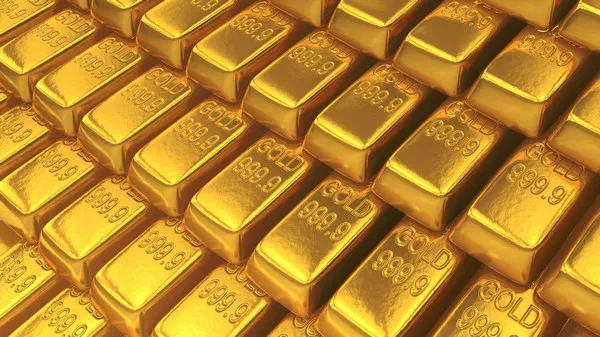The allure of gold has captivated civilizations for centuries, serving as a symbol of wealth, power, and beauty. However, as the demand for this precious metal continues to rise in various industries, the pressing question arises: How much gold is left in the Earth? In this article, we delve into the intricacies of gold reserves, exploring the current state of global deposits and addressing the sustainability of gold mining practices.
Understanding Earth’s Gold Reserves:
Historical Perspective:
The history of gold mining dates back thousands of years, with civilizations such as the ancient Egyptians and Romans exploiting gold for its aesthetic and monetary value. Over the centuries, mining operations have evolved, from rudimentary methods to advanced technologies used today.
Global Distribution:
Gold is distributed unevenly across the globe, with major deposits found in regions like South Africa, Australia, China, Russia, and the United States. Understanding the geographical distribution is crucial for assessing the overall availability of gold.
Current Extraction Methods:
Modern gold extraction employs sophisticated techniques, including open-pit mining, underground mining, and heap leaching. These methods are essential for reaching gold deposits that were once deemed economically unviable.
Quantifying Earth’s Remaining Gold:
Reserves vs. Resources:
Gold reserves refer to the economically recoverable portion of a deposit, while resources encompass all gold deposits, including those not currently profitable to mine. The differentiation between reserves and resources is crucial for gauging how much gold is practically extractable.
Estimates by Experts:
Geologists and mining experts continuously assess and estimate Earth’s remaining gold through geological surveys and exploration activities. While these estimates vary, they provide valuable insights into the potential longevity of gold mining.
Challenges in Estimation:
Accurately quantifying Earth’s gold is challenging due to factors like exploration limitations, hidden deposits, and evolving extraction technologies. However, ongoing research and technological advancements contribute to refining these estimates.
Sustainability Concerns in Gold Mining:
Environmental Impact:
Gold mining often involves altering landscapes, leading to deforestation, soil erosion, and water pollution. Sustainable mining practices aim to minimize these environmental impacts and promote responsible resource management.
Social and Economic Implications:
The social and economic consequences of gold mining are profound, affecting local communities and labor forces. Striking a balance between economic development and social responsibility is crucial for sustainable gold mining.
Innovation and Responsible Mining:
Advancements in technology, such as cleaner extraction processes and recycling methods, play a pivotal role in making gold mining more sustainable. The industry’s commitment to responsible practices is essential for ensuring a harmonious coexistence with the environment.
The Future of Gold Mining:
Exploration and Discoveries:
Ongoing exploration efforts continue to unveil new gold deposits, challenging previous assumptions about the limits of Earth’s gold. Discoveries in untapped regions may reshape our understanding of global gold reserves.
Technological Advancements:
As technology evolves, so do the methods of gold extraction. Innovations in extraction processes, robotics, and artificial intelligence contribute to making gold mining more efficient and environmentally friendly.
Recycling as a Sustainable Solution:
With the increasing emphasis on sustainability, recycling gold from electronic waste and other sources gains significance. Efforts to recover gold from existing products can reduce the dependence on traditional mining.
Conclusion:
In conclusion, the question of how much gold is left in the Earth is complex and continually evolving. While estimates vary, ongoing exploration, technological advancements, and a commitment to sustainable mining practices offer hope for the future. Striking a balance between meeting the demand for gold and preserving the environment is paramount. As we navigate the challenges ahead, the global community must collaborate to ensure responsible resource management and the longevity of this precious metal’s legacy on our planet.

